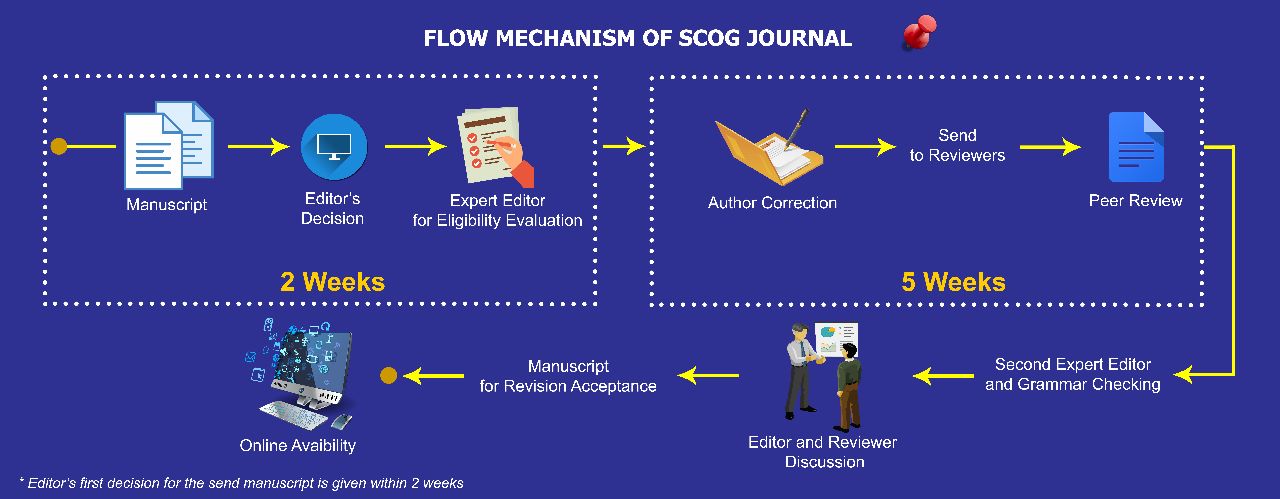The Effect of Carbon Steel Pipeline Deterioration to Water Injection Quality and Pressure Drop in Tanjung Waterflood Injection Plant.
Abstract
In Tanjung, South Kalimantan, PT Pertamina EP (PEP) use secondary recovery (waterflood injection) for its technique for oil lifting. Low permeability reservoir condition make quality of water injection must be comply with low permeability reservoir requirement and the pressure injection must be around 1400 psig. In the common PEP injection plant, carbon steel pipeline is still used. Flakes accumulation and trapped oil could occur along with the deterioration of carbon steel pipeline. This matter can make the quality of requirements of injection water become worst. There were four data were analyzed; Oil content, TSS (Total Suspended Solid), Turbidity and Total Iron. The sample was taken at discharge pump and one of the injections well during 6 months. Averagely the result of value of total iron, turbidity and oil content in injection well are bigger than discharge pump while TSS has little fluctuation. In conclusion, deterioration carbon steel pipeline has effect to reduce quality water injection become worst and effect of roughness of pipeline due to carbon steel deterioration can make the pressure drop is higher in accordance with the length.
Full Text:
PDFReferences
Ahmadun, F.-R.et al., 2009. Review of Technologies for oil and gas produced water treatment. Journal of Hazardous Materials, 30 October, 170(2-3), pp. 530-551.
Petrowiki, 2020. Formation Damage in Injection Wells. [Online] Available at: https://petrowiki.org/Formation_damage_in_injection_wells [Accessed 27 April 2020].
Bai, M., 2011. A systematic and comprehensive approach in analyzing produced water re-injection. Journal of Petroleum Science and Engineering, December, 80(1), pp. 14-25.
Dong, B. et al., r 2013. Effects of pipeline corrosion on the injection water quality of low permeability in oilfield. Desalination, 1 October, 326(1), pp. 141-147.
GPSA, 2004. Engineering Data Book, Gas Processors Suppliers Association. 12th ed. Tulsa(Oklahoma): Gas Processors Suppliers Association.
Grobbelaar, J., 2009. Turbidity, Encyclopedia of Inland Water. In: Encyclopedia of Inland Water, pp. 699-704.
NACE International, 2019. Corrosion - A natural but controllable process. [Online] Available at: https://www.nace.org/resources/general-resources/corrosion-basics [Accessed 11 November 2019].
Papavinasam, S., 2014. Corrosion Control in the Oil and Gas Industry. Tulsa(Oklahoma): Gulf Professional Publishing.
Shamsaei, H., Jaafar, I. O. & Noor Ezlin, A. B., 2013. Effects Velocity Changes on the Water Quality in Water Distribution System. Journal of Applied Sciences, Engineering and Technology, 5(14), pp. 3783-3790.
Stewart, M. & Arnold, K., 2011. Produced Water Treatment Field Manual. Langford Lane(Kidlington): Gulf Professional Publishing.
Thakur, G. C. & Satter, A., 1998. Integrated Waterflood Asset Management. Tulsa (Oklahoma): PennWell Corporation.
DOI: https://doi.org/10.29017/SCOG.43.1.389

This work is licensed under a Creative Commons Attribution-NonCommercial-NoDerivatives 4.0 International License.






